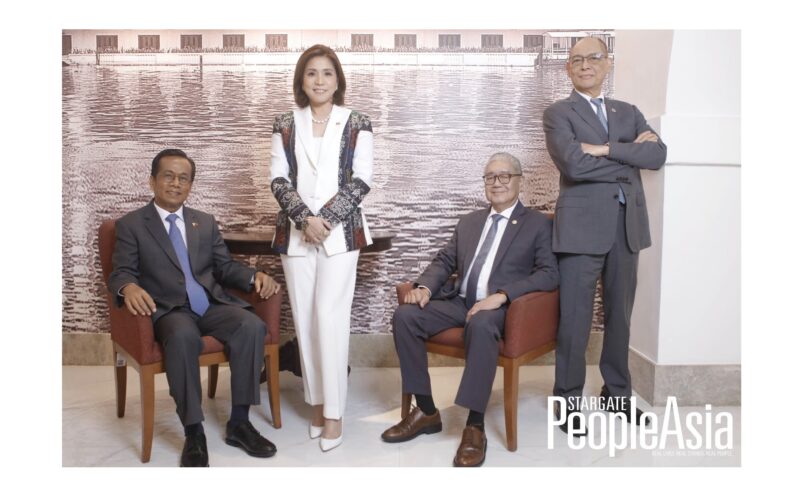By JOSE PAOLO S. DELA CRUZ / Photography by DIX PEREZ
As prime movers of President Ferdinand Marcos Jr.’s fiscal and economic reforms, the economic team is on a mission to speed up the country’s recovery from the COVID-19 pandemic, sustain its infrastructure program and, more importantly, make sure that every Filipino feels the growth in his daily life.
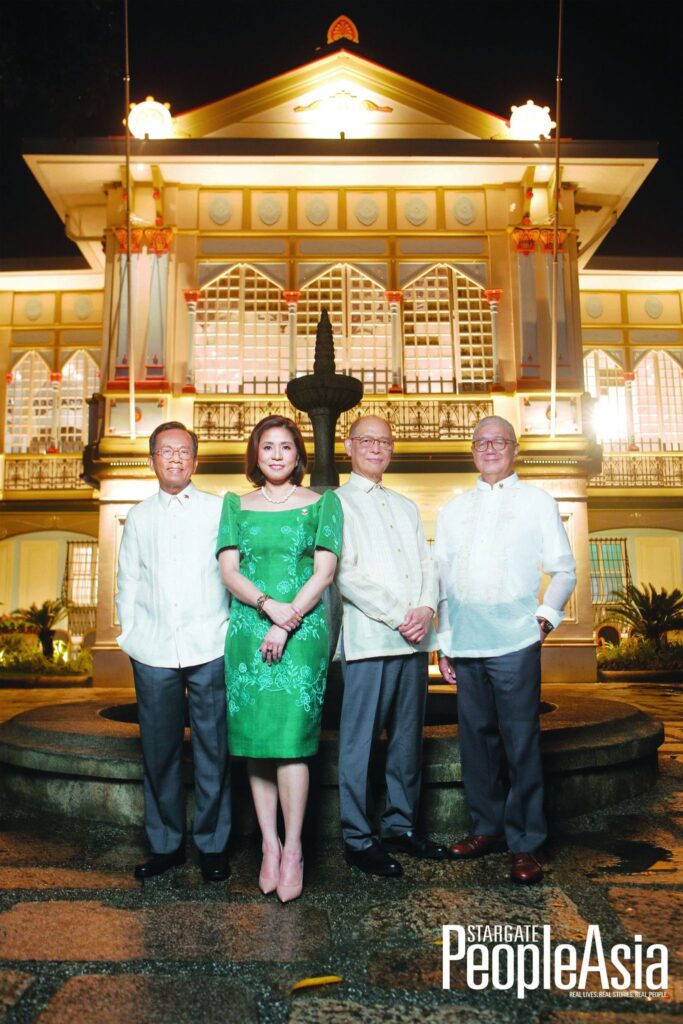
On a rainy evening, just as work had concluded for most people in the metro, members of the Philippines’ economic team arrive at the Teus Mansion in the Malacañang compound for their PeopleAsia cover shoot. Not that the day’s work has already concluded for these Cabinet secretaries. Growing the economy, after all, is no nine-to-five job.
Dressed in their barong and Filipiniana, Finance Secretary Benjamin Diokno, Bangko Sentral ng Pilipinas Gov. Eli Remolona Jr., National Economic and Development Authority Secretary Arsenio Balisacan, and Budget and Management Secretary Amenah Pangandaman pose briefly in front of the mansion along Gen. Solano St.
More than a simple backdrop, Teus Mansion, which has been converted into a Presidential Museum by First Lady Liza Araneta-Marcos and opened to the public since June this year, is now a repository of not just priceless memorabilia, but of the past presidents’ policies and reforms that have shaped the nation — their economic legacies included.
Be it President Elpidio Quirino’s Import Substitution Policy that aimed to solve the trade deficit in the years following World War II, or President Carlos P. Garcia’s “Filipino First” policy that prioritized local industries in the distribution of resources; all the way up to the massive and lasting infrastructure projects of Ferdinand Marcos Sr. and Rodrigo Duterte; to the strong focus on public-private partnerships under the leadership of President Benigno Aquino III — each president’s corner within Teus shares a brief glimpse into the republic’s collective history.
At present, President Ferdinand “Bongbong” Marcos Jr. continues to write the nation’s story with his own economic policies and brand of leadership. And with the help of his economic team, builds on the legacies of these past leaders — starting with the medium-term Philippine Development Plan (PDP) 2023-2028, which is anchored on Marcos’ eight-point socio-economic agenda.
Recovery & growth
“As the administration of President Marcos came into power, we were faced with two major challenges: how to restore the government’s fiscal position to where it was before the COVID-19 pandemic and how to continue the government’s Golden Age of Infrastructure program — a necessary condition for the government’s desire to attain economic and social transformation,” starts off Finance Secretary Benjamin Diokno, the most senior member of the nation’s economic team.
The PDP, according to Diokno, lays out strategic interventions to decisively address various challenges to recovery, and includes the Medium-Term Fiscal Framework (MTFF) — the first of its kind in the Philippines. “The Framework outlines the specific economic and fiscal targets we must achieve to transform the economy within the President’s tenure — 6.5 to 8.0 percent GDP annual growth; single-digit poverty rate; 3.0 percent deficit-to-GDP ratio; 51.1 percent debt-to-GDP ratio; 5.0 to 6.0 percent infrastructure spending-to-GDP ratio annually; and upper middle-income status by 2028,” he says.
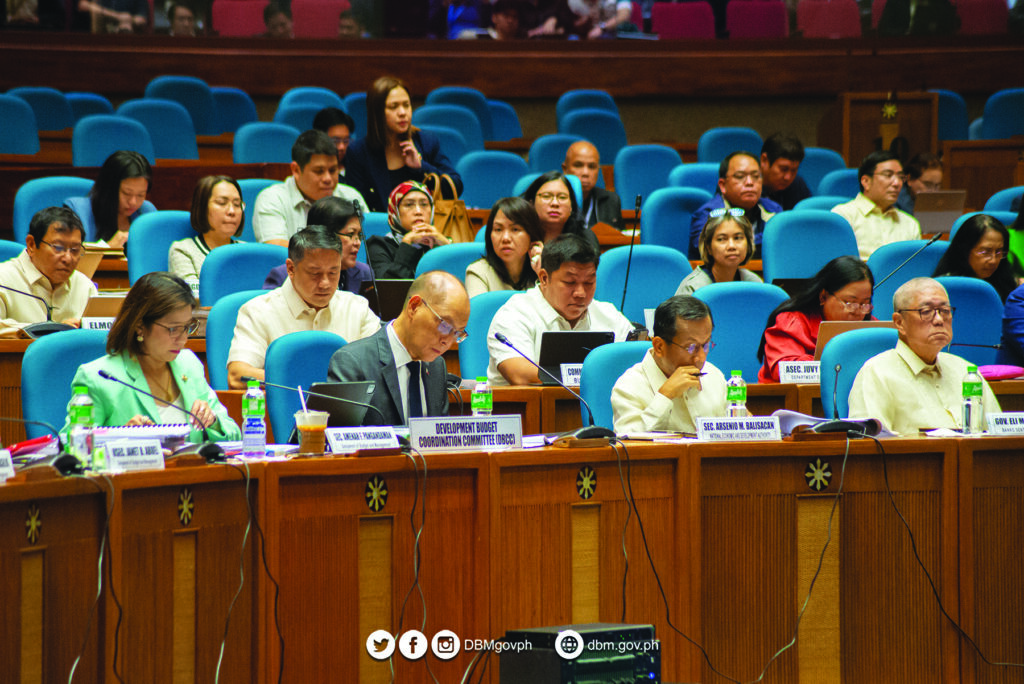
Much like how the Duterte Administration handled its ambitious “Build, Build, Build” program, the Marcos administration is also employing a collaborative approach in energizing the economy through the economic team, which consists of the Department of Finance (DOF), Department of Budget and Management (DBM), National Economic and Development Authority (NEDA) and the Bangko Sentral ng Pilipinas (BSP).
“To achieve our lofty economic goals, we need to act in a coordinated way. For the economic team, we ought to work in unison in order to ensure that one, we are able to ascertain what the country needs to grow and enhance the quality of life for all Filipinos; two, we are able to generate adequate fiscal resources to finance the government’s programs and projects; and three, that we are able to prioritize, allocate and spend the limited resources well, and that mechanisms exist to ensure that programs and projects are implemented effectively and in a timely manner,” explains Diokno.
Working in synergy, according to him, also allows the group to lead the rest of government with a steady hand, vigilantly monitor local and global economic developments and quickly develop policy solutions in an agile manner.
Shared goals
To push for the President’s economic agenda, the different agencies work hand-in-hand and use their specific functions to ensure that both the PDP and the MTFF are accomplished and completed on time.
For its part, DoF will continue in its important function of revenue generation and debt management. “Our main task is to ensure that the government is adequately funded to perform its functions. Robust revenue collection and prudent debt management are key to achieving our objectives, as detailed in the MTFF,” says Diokno.
The DoF also continues to work in close coordination with the Development Budget Coordination Committee (DBCC). Created through Executive Order 232 in 1970, DBCC is composed of the Office of the President, DBM (whose Secretary serves as chair), DoF and NEDA (members) and the BSP (resource institution).
This body reviews and approves the macroeconomic targets, revenue projections, borrowing level, aggregate budget level and spending priorities of government. It also recommends to the Cabinet and the President the consolidated public sector financial position and the national government fiscal program.
“Once these are approved, the DBM issues the Budget Call, based on which the National Expenditure Program or National Budget is crafted. DBM then submits this to Congress for approval and this later on becomes the General Appropriations Act or the approved National Budget,” explains Budget Secretary Pangandaman.
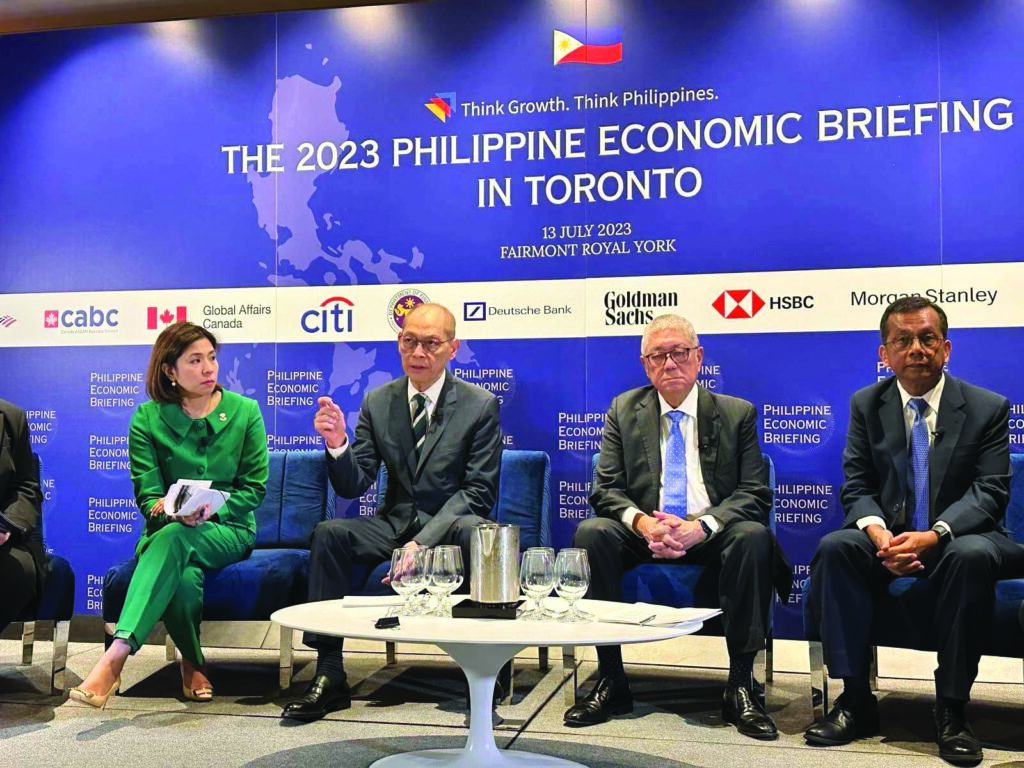
These go on top of the DBM’s responsibility of crafting the National Budget and leading public expenditure management to ensure the equitable, prudent, transparent and accountable allocation and use of public funds.
NEDA, on the other hand, primarily takes care of coordinating the country’s socioeconomic policies and ensures that every Filipino benefits from the positive changes that the economic team is trying to effect. In coordination with other government agencies, it formulates the country’s development blueprints, provides high-level advice to policymakers in Congress and the Executive Branch, and reviews, evaluates and monitors infrastructure projects critical to achieving the country’s development priorities and objectives.
Under the administration of President Marcos, who also chairs the NEDA board, the agency led in crafting of the PDP 2023-2028. “The Plan is anchored on the AmBisyon Natin 2040, the country’s long-term vision, which NEDA had also formulated. NEDA also leads the review, coordination and monitoring of the Marcos administration’s Build-Better-More Infrastructure Flagship Projects (IFPs), covering 197 projects worth over P 8.7 trillion (about $ 155 billion),” explains Secretary Balisacan.
Last but not the least, the BSP, which is the country’s central monetary authority and primary financial system supervisor, promotes and maintains price stability, safeguards a strong financial environment and develops a safe and efficient payments and settlements system, among other things. It also serves as a resource institution for the DBCC, which supplies useful data that helps the economic team fulfill its duties.
“We increase our efforts to bring more Filipinos into the financial fold so that more people can participate in and enjoy the fruits of economic progress,” explains BSP Gov. Eli Remolona Jr.
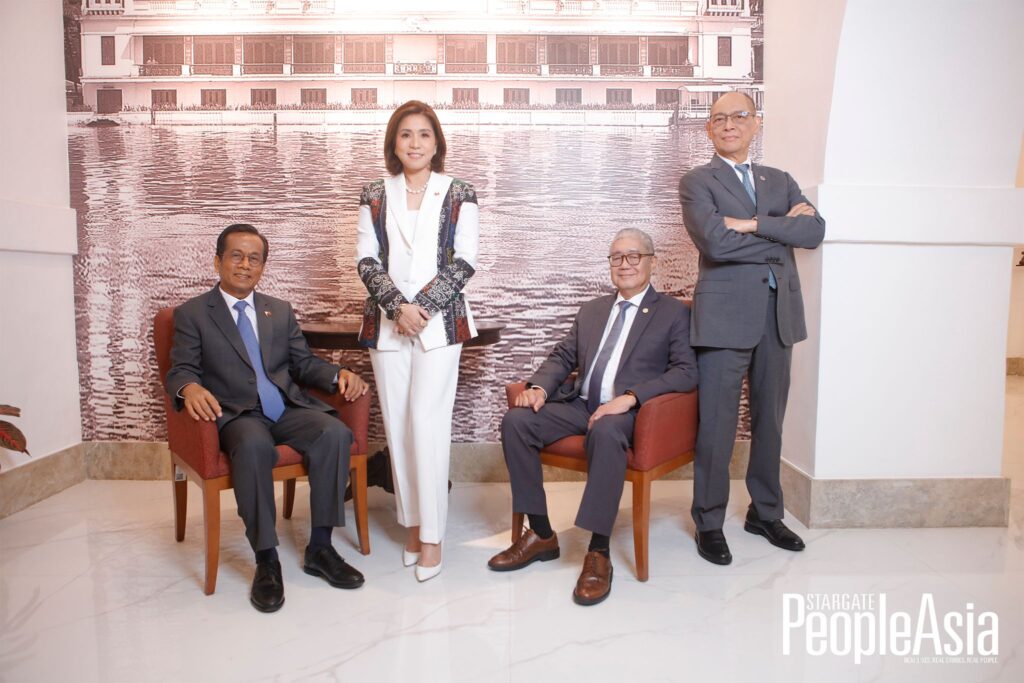
“Much better than in the past”
Having served the government in different capacities over the course of 40 years, under four administrations, Diokno, says that “despite the unprecedented pandemic, the state of the nation is much better than what we’ve seen in the past.”
The former Budget Secretary and DBCC chief adds: “The pandemic upended the global order. But the Philippines managed to rise above the tide. We continue to see robust growth, low unemployment, strong revenue collections and dynamic economic activity across different industries.”
International financial institutions, including the World Bank and the International Monetary Fund, and major credit rating agencies also seem to agree. In a bulletin posted by the World Bank in June 2023, it was pointed out that the Philippines is “bucking global trends,” and that “strong domestic demand in the Philippines is expected to propel its economy to a 6.0 percent growth in 2023 and 5.9 percent the following year.”
Diokno also states that the business and investment environment is the most open it has ever been, with the enactment of economic liberalization laws and investor-friendly reforms to our corporate tax structure during the height of the pandemic.
“Now, we continue to review, champion and implement game-changing structural reforms such as those enhancing the country’s public-private partnership framework to attract more private capital and investments,” concludes Diokno. “These all suggest that the best is yet to come for the Philippine economy.”
Shot on location at Teus Mansion, Malacañang / Art direction by Dexter Francis De Vera / Styling by George Palmiano of MGP / Grooming by Eddie Mar Cabiltes
Special thanks to First Lady Liza Araneta-Marcos and Deputy Social Secretary Dina Arroyo-Tantoco

